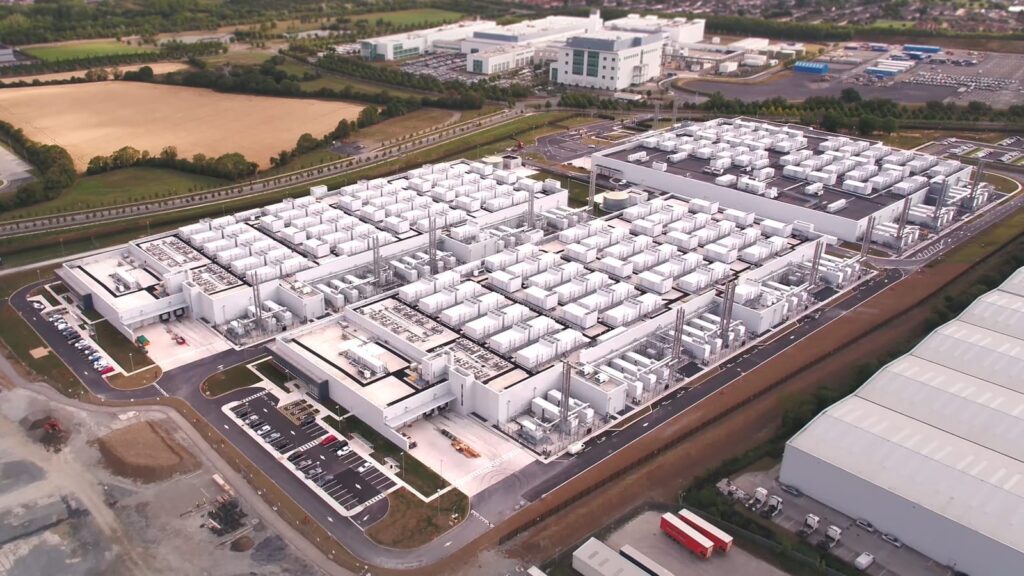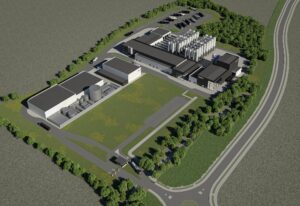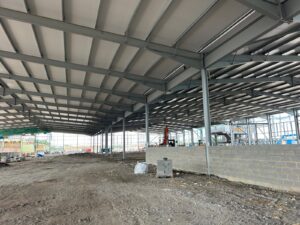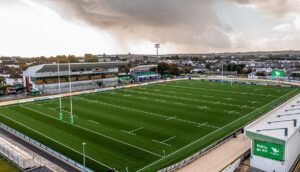K2 Dublin Data Centre
-
ProjectK2 Dublin Data Centre
-
ClientAC Plc
-
Design TeamRKD
-
TechnologySiphonic and Gravity
-
ScopeDesign, off-site fabrication, Installation
Siphonic Drainage Design
Architects RKD had specified siphonic rainwater drainage for the 35,200 sq.m data centre, and our design team, led by Stephen Morris, delivered the detailed 3D design integrated into the federated BIM.
The building, which achieved LEED Gold certification, included a rainwater harvesting system. The siphonic drainage system was required to terminate at a leaf filter prior to connection to the rainwater harvesting system. However, it was the size of the roof and, in particular, the location of a single termination point that determined a slightly different approach to the design initially proposed by the design team.
Ultimately, the final design needed just 435 meters of siphonic pipework to drain the extensive roof, with four downpipes draining to two localised termination points before connecting to the leaf filters and the harvesting system. A gravity system was also designed to drain a smaller first-floor roof.
Installation - Another Interesting Challenge
An interesting challenge our installation teams had to grapple with was working around a temporary steel structure built to facilitate loading equipment into the data centre. The coordination of the building was considerably progressed before Capcon was appointed, so altering the location of the pipework was no longer feasible. Regardless, our experienced installation teams, used to problem-solving on-site coordination issues, installed 435 metres of pipework with minimal delay to the program time.
Coordination Issues Can Usually Be Avoided
Coordination issues brought about by late engagement with a rainwater specialist can cause minor and sometimes major havoc with the building program – it’s the reason we advocate early engagement! With 350 projects under our belts our experienced team really can see around corners. Bring our designers to the table early in the design phase and they can help you avoid time-consuming and costly coordination issues later in your program.
Photography from RKD.







